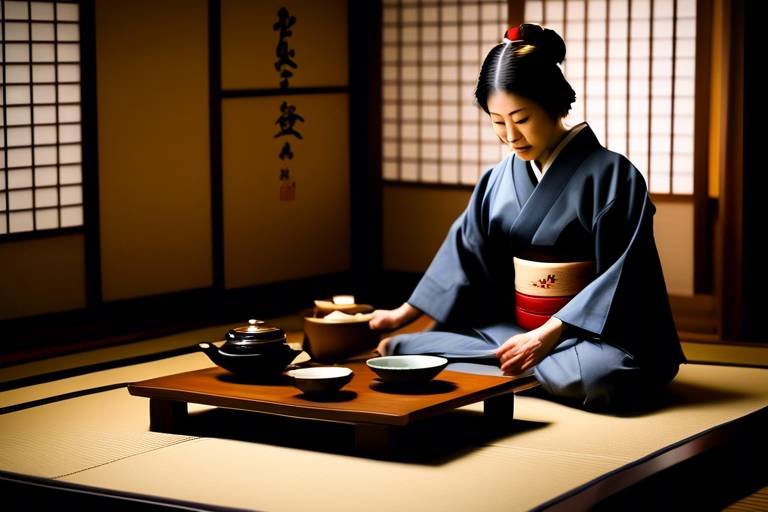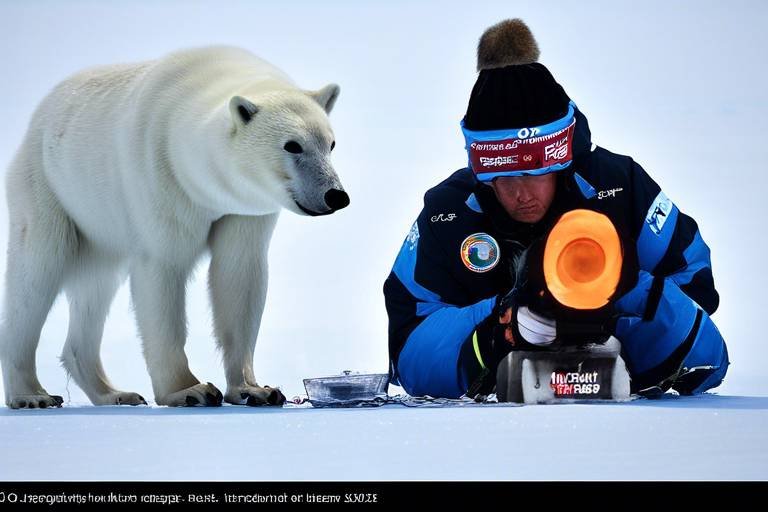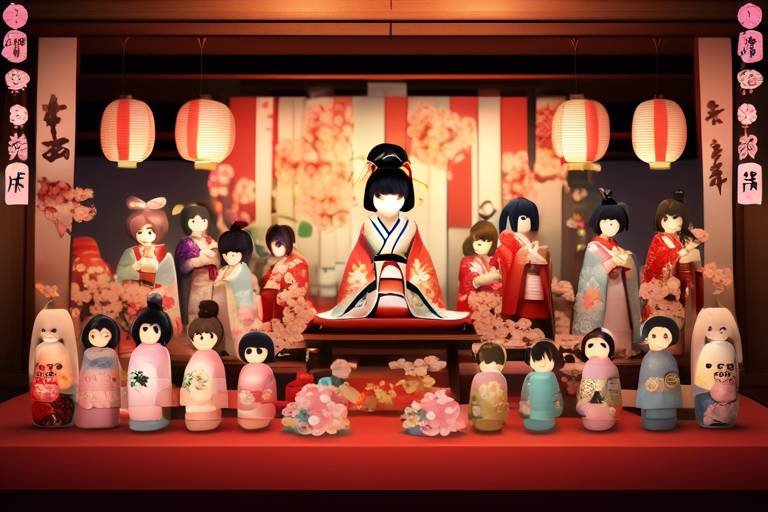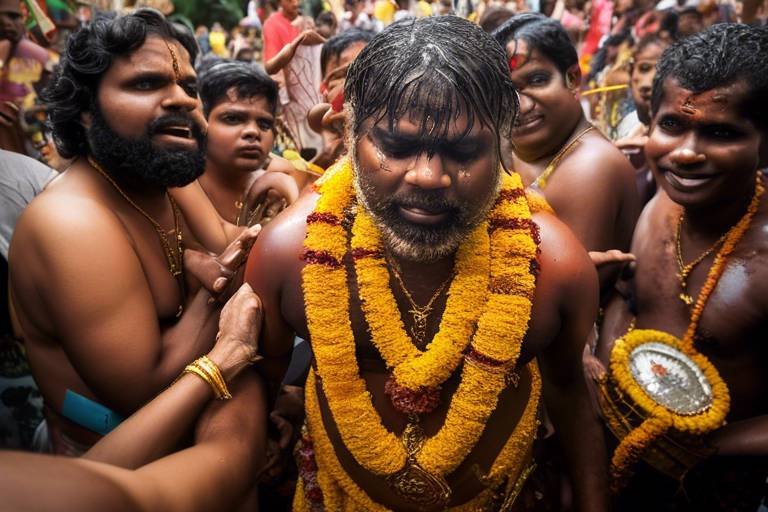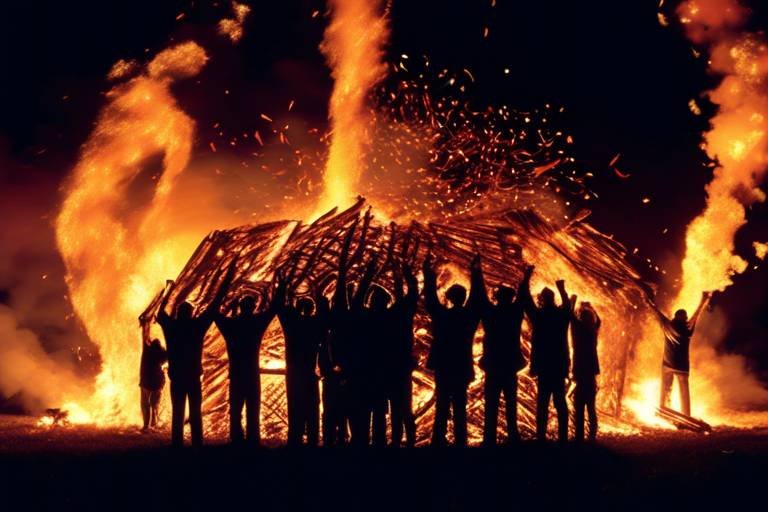Yule Festivities - The Pagan Roots of Christmas
Step into the enchanting world of Yule festivities, where the ancient echoes of pagan celebrations still resonate in the heart of the holiday season. As we unwrap the layers of history, we discover a tapestry woven with threads of light, rebirth, and the eternal dance between darkness and illumination. The roots of Christmas traditions delve deep into the fertile soil of ancient pagan rituals, where the winter solstice marked a time of profound significance.
Picture a time when the earth slumbers under a blanket of snow, and the sun hangs low in the sky, casting long shadows across the land. It is during this mystical period that the festival of Yule emerges, a celebration of light and hope amidst the darkness of winter. The Yule log crackles in the hearth, its flames a symbol of warmth and vitality in the face of cold and death.
Amidst the flickering candlelight and the scent of evergreen boughs, pagan deities such as the wise Odin watch over the festivities, their presence felt in the rustle of the mistletoe and the whisper of the wind through the branches. The Yule tree, adorned with symbols of life and renewal, stands as a beacon of continuity in a world ever-changing.
Across the globe, diverse cultures infuse Yule celebrations with their unique flavors, from the feasting and merrymaking of the Scandinavians to the solemn rituals of the Germanic tribes. Each tradition, a thread in the rich tapestry of Yuletide customs, weaving together a story of shared humanity and interconnectedness.
As the centuries unfold, the tapestry of Yule traditions intertwines with the Christian narrative, transforming into the holiday we now know as Christmas. The merging of pagan customs with Christian symbolism gives birth to a new chapter in the story of light conquering darkness, of hope reborn in the depths of winter.
Through the ages, Yule rituals and practices have evolved, yet their essence remains unchanged. The lighting of candles symbolizes the return of the sun, while feasting and gift-giving embody the spirit of generosity and abundance. The Yule tree, a living link to ancient traditions, stands tall as a reminder of the enduring cycle of life.
Today, modern pagans and Wiccans honor the spirit of Yule with reverence and joy, embracing nature-based rituals and reconnecting with the earth's rhythms. The winter solstice becomes a time of introspection and renewal, a moment to pause and reflect on the interconnectedness of all beings.
In the tapestries of folklore and fairy tales, the spirit of Yule dances through the pages, infusing myths and legends with the magic of the season. From the tales of the Wild Hunt to the legends of the Yule Cat, ancient pagan customs continue to shape our collective imagination and inspire wonder.
As we embrace the Yule spirit today, let us remember the ancient roots of Christmas traditions and the timeless wisdom they hold. In a world filled with hustle and bustle, may we pause to listen to the whispers of nature, to come together in community, and to embody the true spirit of giving and gratitude.
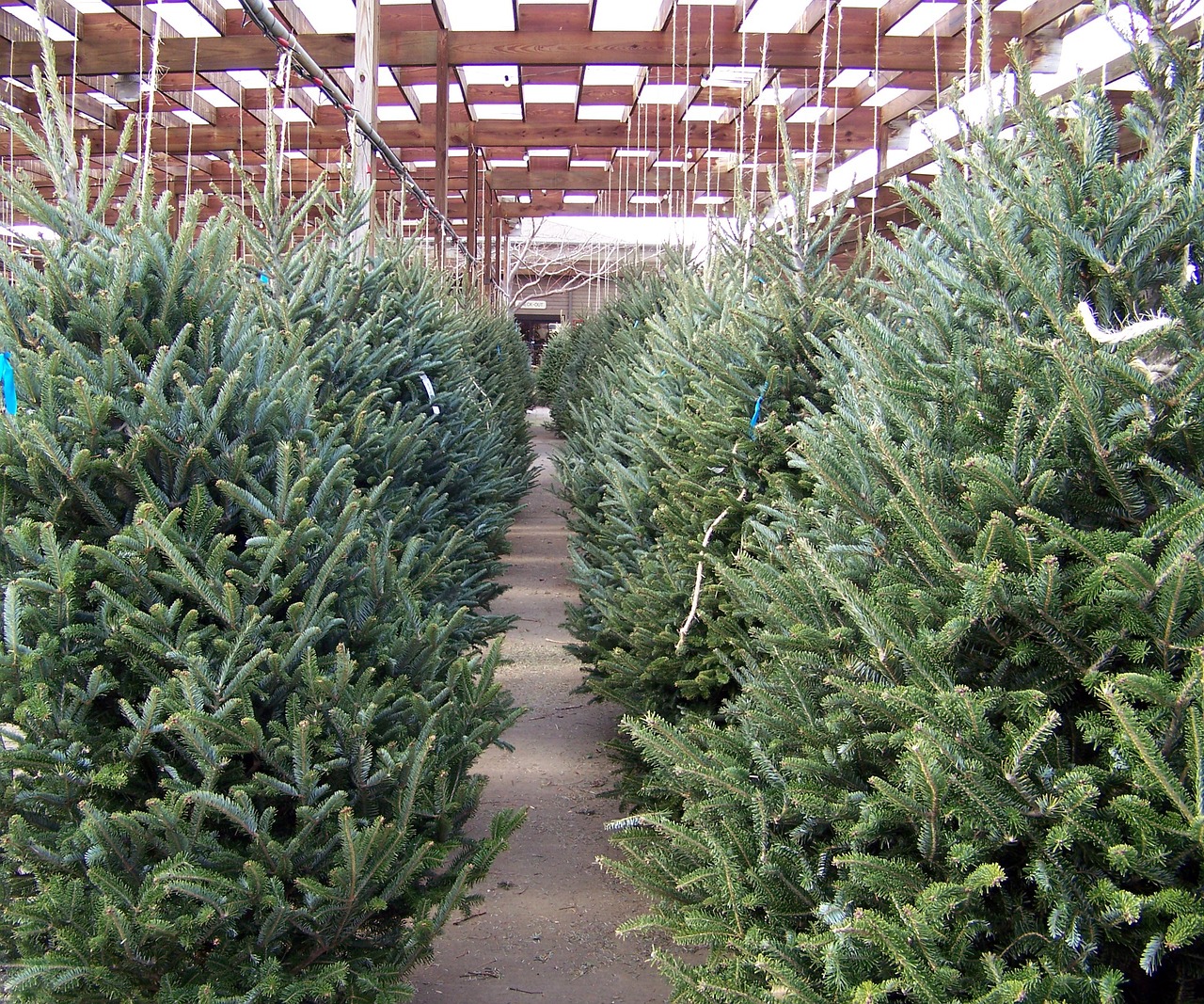
The Origins of Yule
Yule, originating from the Old Norse word "jól," is an ancient pagan festival deeply intertwined with the winter solstice. This festival marked the rebirth of the sun as the days began to lengthen after the longest night of the year. Celebrated by various cultures, Yule was a time of feasting, merriment, and honoring the cycles of nature.
During the Yule festivities, communities would come together to light bonfires and candles to symbolize the returning light and warmth. The Yule log, a large oak log traditionally burned in the hearth, represented the enduring spirit of the sun during the darkest days of winter. Mistletoe and evergreen plants like holly and ivy were also significant symbols of fertility and protection, believed to ward off evil spirits.
One of the key figures associated with Yule is the Norse god Odin, often depicted as a wise old man with a long beard, riding through the night sky on his eight-legged horse Sleipnir. Odin's Wild Hunt, a spectral procession across the winter skies, was believed to bring both blessings and omens for the coming year.
As the winter solstice approached, communities would gather to feast on lavish meals, exchanging gifts as a symbol of goodwill and prosperity. The Yule tree, an evergreen adorned with candles and decorations, served as a focal point for the festivities, representing the eternal cycle of life and the promise of renewal.
The ancient origins of Yule reflect a deep connection to nature and the changing seasons, emphasizing the importance of community, gratitude, and the enduring spirit of light in the midst of darkness.
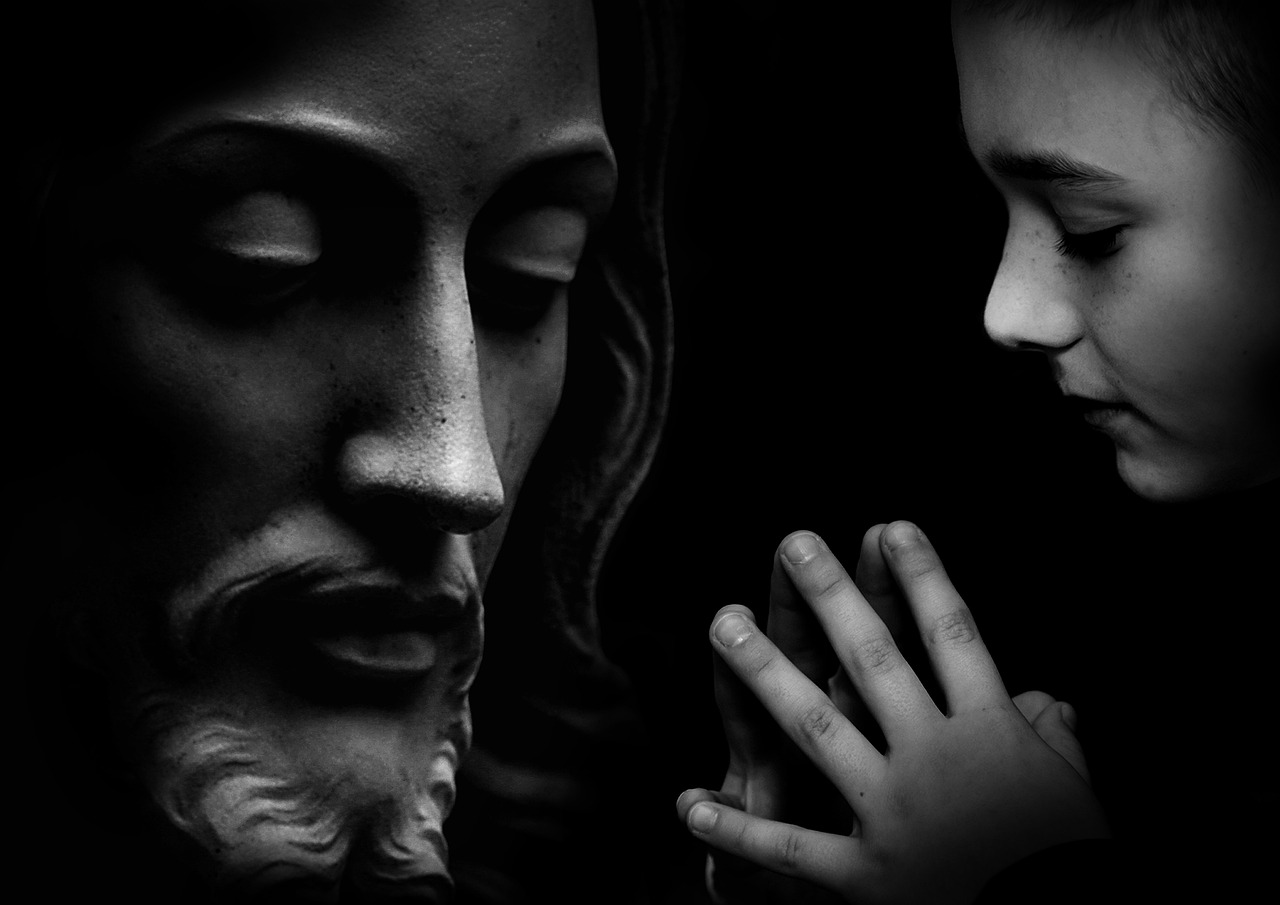
Pagan Deities and Symbols
When delving into the realm of Yule festivities, one cannot ignore the rich tapestry of pagan deities and symbols that have woven themselves into the fabric of Christmas traditions. Among the prominent figures of ancient pagan lore stands the formidable Norse god Odin, often associated with the Wild Hunt during the Yule season. Odin's presence looms large, riding through the winter skies with his spectral entourage, embodying the spirit of the hunt and the cycle of life and death.
Another iconic symbol of Yule is the revered Yule log, a tradition deeply rooted in ancient rituals of light and warmth. The Yule log, typically a large oak or ash log, symbolizes the hearth fire that burns bright during the darkest days of winter, offering protection and sustenance to all who gather around it. As the log slowly burns, its crackling flames dispel the shadows, ushering in a sense of renewal and hope.
Mistletoe, with its mystical allure and romantic associations, also holds a special place in Yule celebrations. In ancient times, mistletoe was believed to possess magical properties, bringing luck, fertility, and protection against malevolent forces. The tradition of kissing under the mistletoe harks back to ancient fertility rites, symbolizing love, unity, and the promise of new beginnings.
Moreover, the prevalence of evergreen plants like holly, ivy, and pine in winter celebrations speaks to the enduring vitality of nature amid the barrenness of the season. These evergreen symbols, with their lush foliage and vibrant colors, serve as potent reminders of life's resilience and the promise of spring's eventual return. In a world gripped by winter's icy grasp, these verdant emblems offer solace and reassurance, embodying the eternal cycle of life, death, and rebirth.
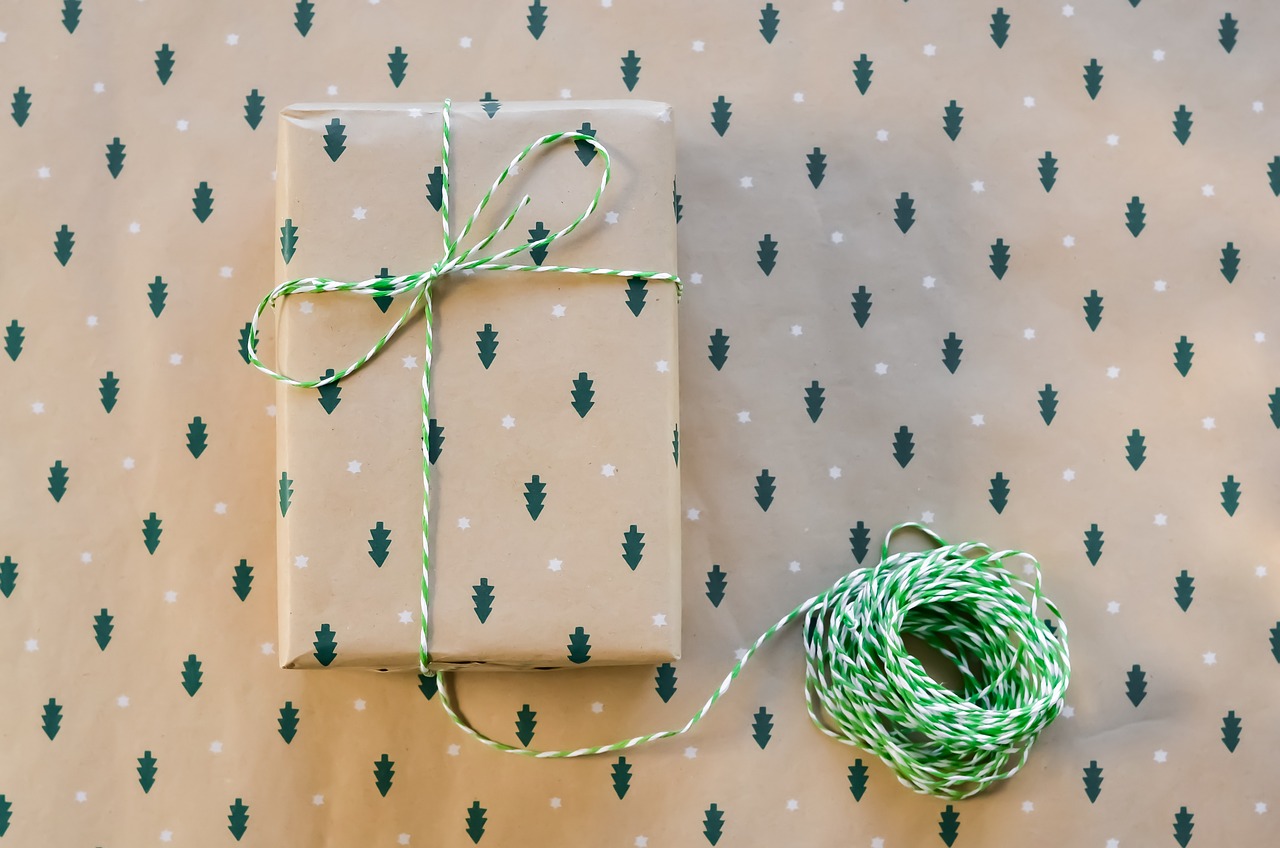
Yule Celebrations Around the World
Yule, the ancient pagan festival celebrating the winter solstice, is commemorated in various ways across the globe, showcasing the rich diversity of traditions and customs associated with this festive time of year. From the Scandinavian traditions of Jul to the Germanic Yuletide customs, different cultures have unique ways of honoring the rebirth of light during the darkest time of the year.
In Scandinavia, the festival of Jul is a time of feasting and merriment, where families gather to enjoy traditional dishes and exchange gifts. The Yule log, a symbol of warmth and light, is a central feature of the celebrations, with its burning believed to bring good luck for the coming year. Additionally, the custom of decorating with evergreen plants like holly and ivy symbolizes life and renewal during the cold winter months.
Germanic Yuletide customs also hold a special place in the hearts of many, with traditions such as the Yule tree, a precursor to the modern Christmas tree, adorned with candles and decorations to honor the season. The exchange of gifts and the sharing of festive meals are integral parts of the celebrations, fostering a sense of community and togetherness during the long winter nights.
Across the world, Yule festivities are a time to come together with loved ones, share in the joy of the season, and embrace the spirit of renewal and hope that the winter solstice brings. Whether through ancient rituals or modern interpretations, the essence of Yule continues to resonate with people of all backgrounds, connecting us to our shared human experience and the cycles of nature.
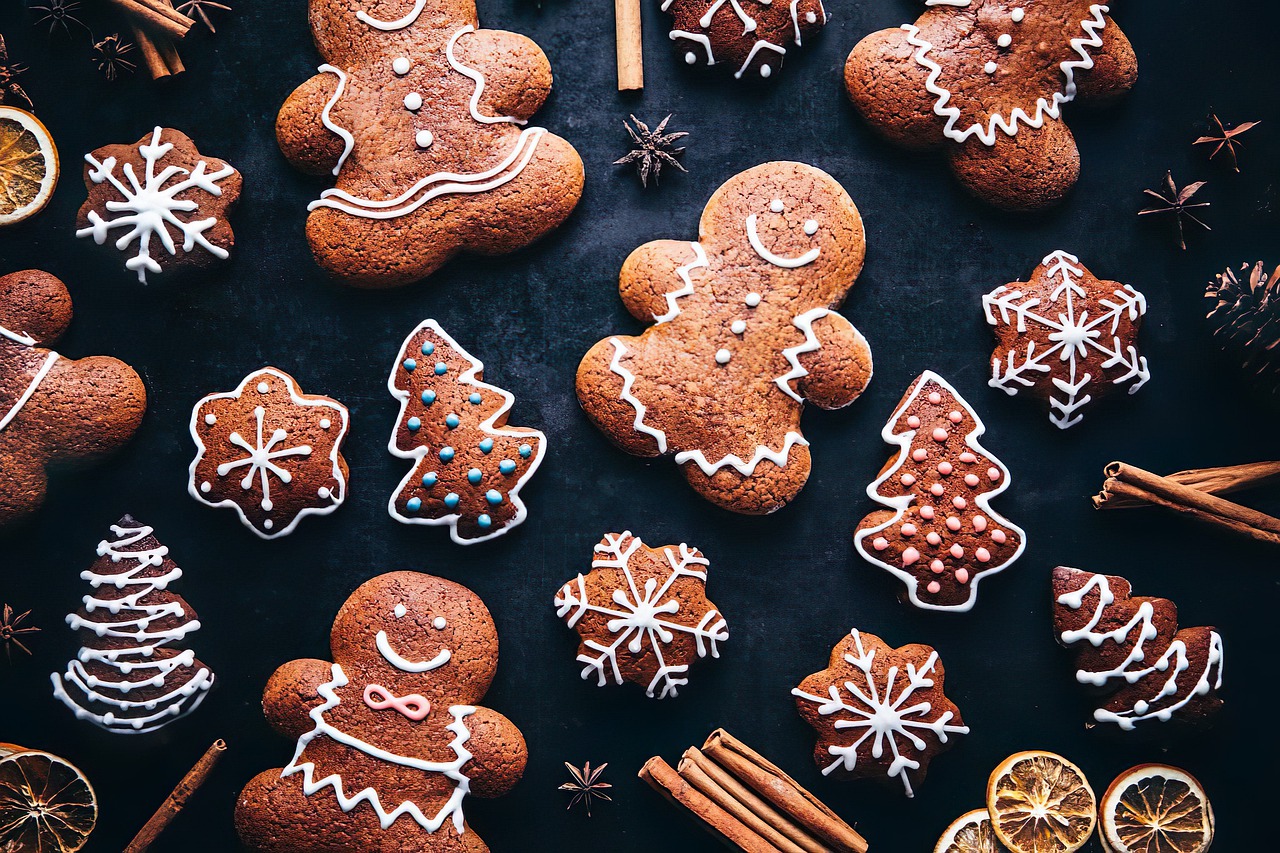
Transformation into Christmas
When exploring the transformation of Yule traditions into the Christian holiday of Christmas, we witness a fascinating blend of ancient pagan customs with Christian beliefs. The evolution of Yule into Christmas was not merely a replacement of one celebration with another but rather a gradual incorporation of rituals and symbols into the new religious context. The Yule log, once a centerpiece of pagan winter solstice festivities symbolizing warmth and light during the darkest time of the year, found its way into Christian homes as a representation of the light of Christ illuminating the world.
Similarly, the tradition of decorating evergreen trees during Yule, symbolizing eternal life and the promise of spring's return, was adapted into the Christmas tree we know today. The practice of exchanging gifts, a common feature of Yule celebrations, was seamlessly integrated into the Christian holiday as a reflection of the gifts of the Magi to the infant Jesus. This transformation of Yule into Christmas not only preserved the essence of the original pagan customs but also added layers of new meaning and symbolism to the holiday season.
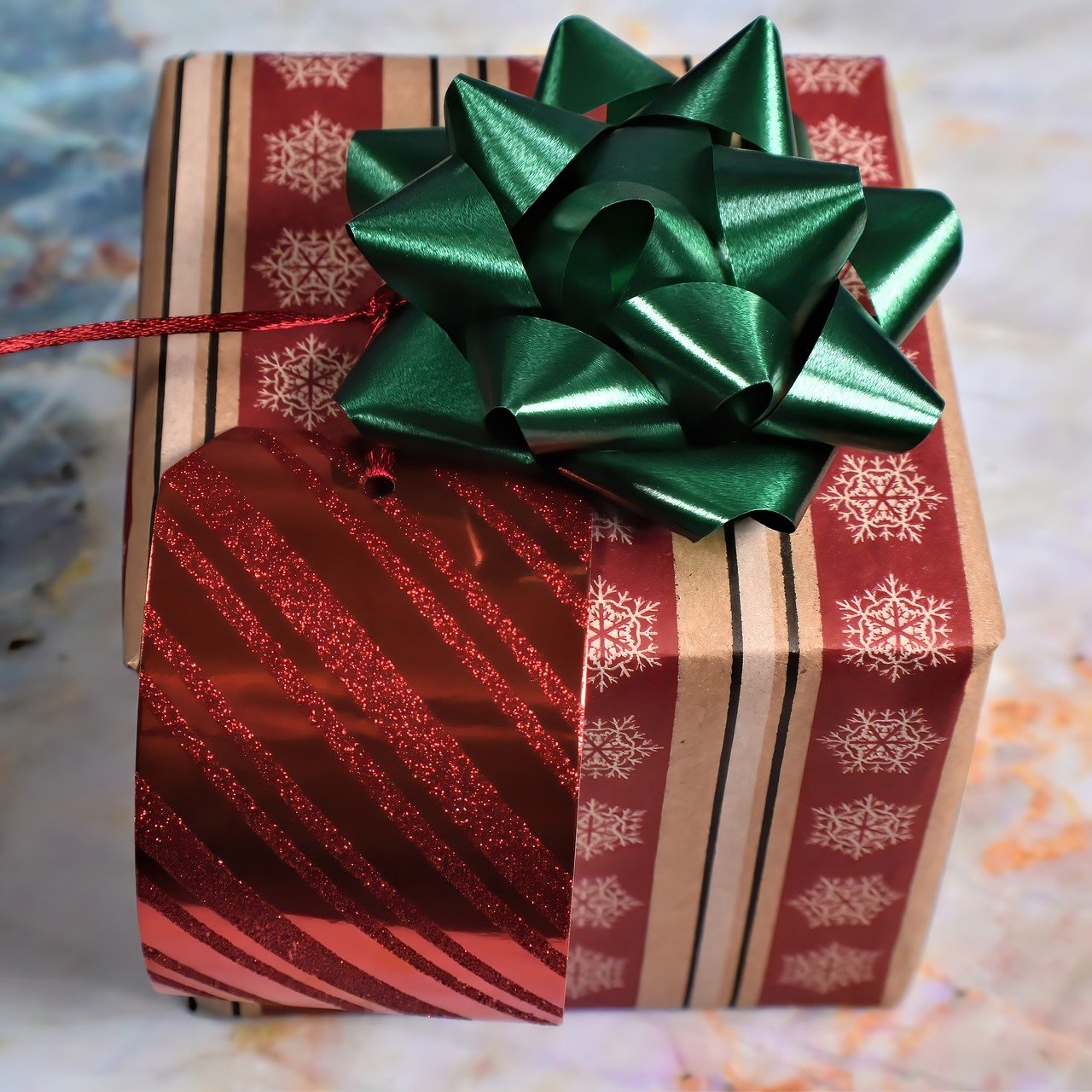
Yule Rituals and Practices
During the ancient Yule festivities, various rituals and practices were observed to mark the winter solstice and celebrate the return of light. One of the central rituals of Yule was the lighting of candles, symbolizing the triumph of light over darkness and the hope for the lengthening days ahead. The act of kindling fires and candles during the darkest time of the year was believed to bring warmth, protection, and blessings to the household.
Feasting played a significant role in Yule celebrations, with elaborate meals prepared to honor the abundance of the season and share communal joy. Traditional Yule foods such as roasted meats, fruits, nuts, and spiced beverages were enjoyed as a way to bring warmth and sustenance during the cold winter days. The act of feasting together fostered a sense of unity and camaraderie among the participants.
Gift-giving was also a common practice during Yule, symbolizing generosity, goodwill, and the spirit of sharing. Exchanging gifts was a way to express love and appreciation for one another, as well as to bring joy and blessings to friends and family. The tradition of giving gifts during Yule reflected the importance of fostering connections and strengthening bonds within the community.
The Yule tree, often an evergreen such as a pine or fir, held special significance in ancient Yule rituals. Decorated with symbols of light, fertility, and protection, the Yule tree represented the everlasting cycle of life and the promise of renewal. The custom of adorning the tree with candles, ornaments, and garlands symbolized the presence of light and life even in the darkest days of winter.
In modern times, these ancient Yule rituals and practices have been preserved and adapted by various cultures and spiritual traditions. The lighting of candles, feasting with loved ones, exchanging gifts, and decorating the Yule tree continue to be cherished customs observed during the holiday season. These practices serve as a reminder of the enduring spirit of Yule and the timeless traditions that connect us to the cycles of nature and the rhythms of life.
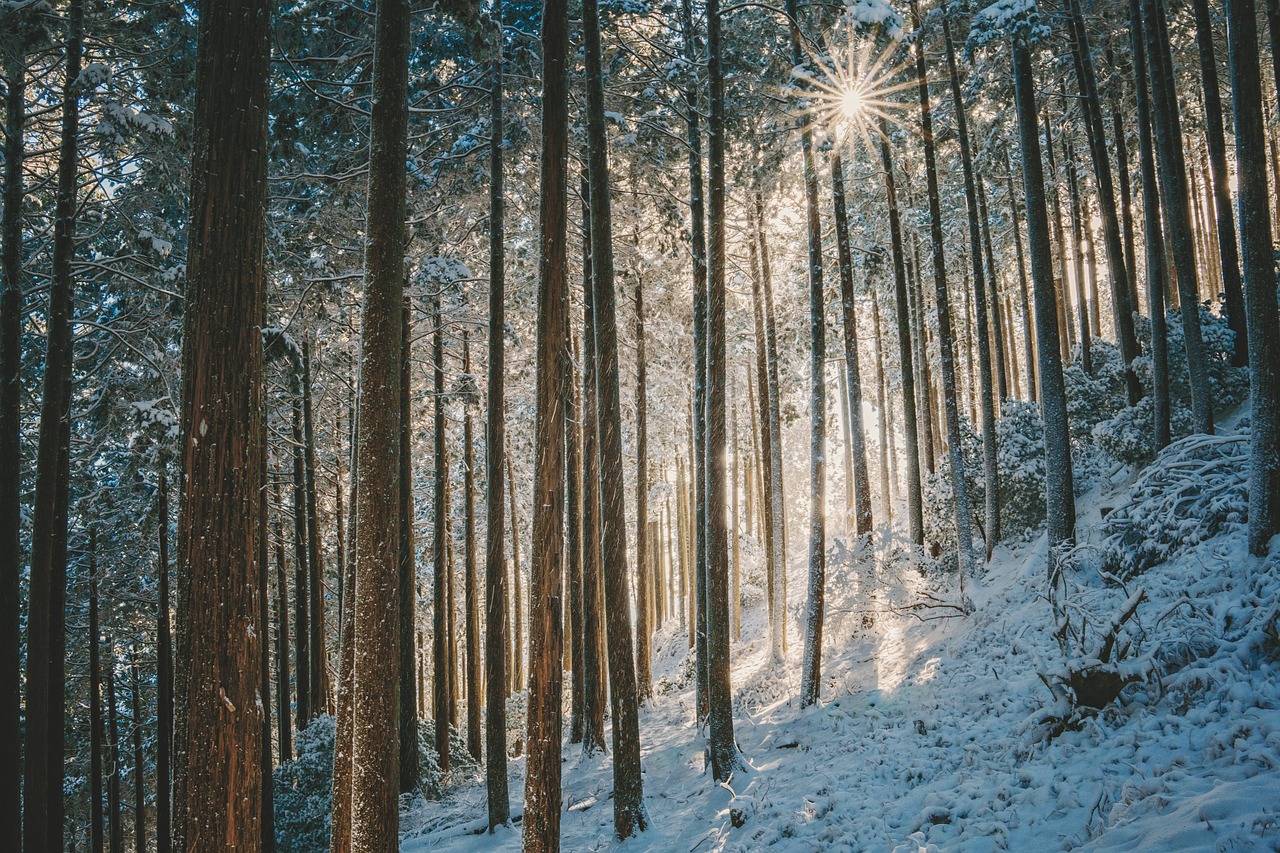
Modern Yule Celebrations
Modern Yule Celebrations bring a unique blend of ancient traditions and contemporary practices, uniting pagans and Wiccans in honoring the winter solstice. In these modern times, the revival of nature-based rituals has gained momentum, with individuals seeking to reconnect with the earth and the changing seasons. The celebration of Yule today often involves gatherings of like-minded individuals, where the focus is on community, reflection, and spiritual growth.
One prominent aspect of Modern Yule Celebrations is the emphasis on the Yule log, symbolizing the hearth and the warmth of the home during the cold winter months. Many modern practitioners also incorporate the lighting of candles to symbolize the return of light after the darkest night of the year. This act serves as a reminder of hope, renewal, and the cyclical nature of life.
Furthermore, the Yule tree, adorned with ornaments and lights, continues to hold a central place in modern Yule festivities. This evergreen symbol represents eternal life, growth, and the enduring spirit of nature. Decorating the Yule tree is seen as a way to honor the interconnectedness of all living beings and to celebrate the beauty of the natural world.
Modern pagans and Wiccans often engage in ceremonies that involve meditation, chanting, and the sharing of stories and wisdom. These rituals aim to deepen the connection with the divine, the elements, and the energies of the season. By aligning with the rhythms of nature and the cycles of the earth, participants seek spiritual fulfillment and a sense of harmony with the universe.
As the wheel of the year turns and the winter solstice approaches, Modern Yule Celebrations serve as a reminder of the enduring power of ancient traditions and the importance of honoring the past while embracing the present. By embracing the spirit of Yule in a contemporary context, individuals can find meaning, purpose, and a sense of belonging in a world that is constantly changing.

Yule Traditions in Folklore
Yule traditions have woven themselves into the rich tapestry of folklore, enchanting generations with tales of magic and wonder. In folklore, Yule is often depicted as a time of mystical occurrences and otherworldly beings. Stories of the Wild Hunt, led by the ghostly figure of Odin, riding through the winter night sky, are told to capture the imagination of listeners. The Yule log, symbolizing warmth and light in the darkness of winter, holds a prominent place in many folk tales as a source of protection against malevolent spirits.
Furthermore, mistletoe, with its association with fertility and protection, features prominently in folklore as a symbol of love and luck. Legends speak of its powers to ward off evil and bring blessings to those who stand beneath it. Evergreen plants, such as holly and ivy, are also prevalent in Yule folklore, representing eternal life and the promise of spring amidst the cold winter months.
In Norse mythology, the figure of the Yule Father, known as Jólnir or Yule-Haftan, bears a striking resemblance to the modern image of Santa Claus. This bearded, jolly figure is said to bring gifts to children during the Yule season, embodying the spirit of generosity and joy associated with the holiday. The concept of gift-giving during Yule has deep roots in folklore, symbolizing the exchange of goodwill and blessings among loved ones.
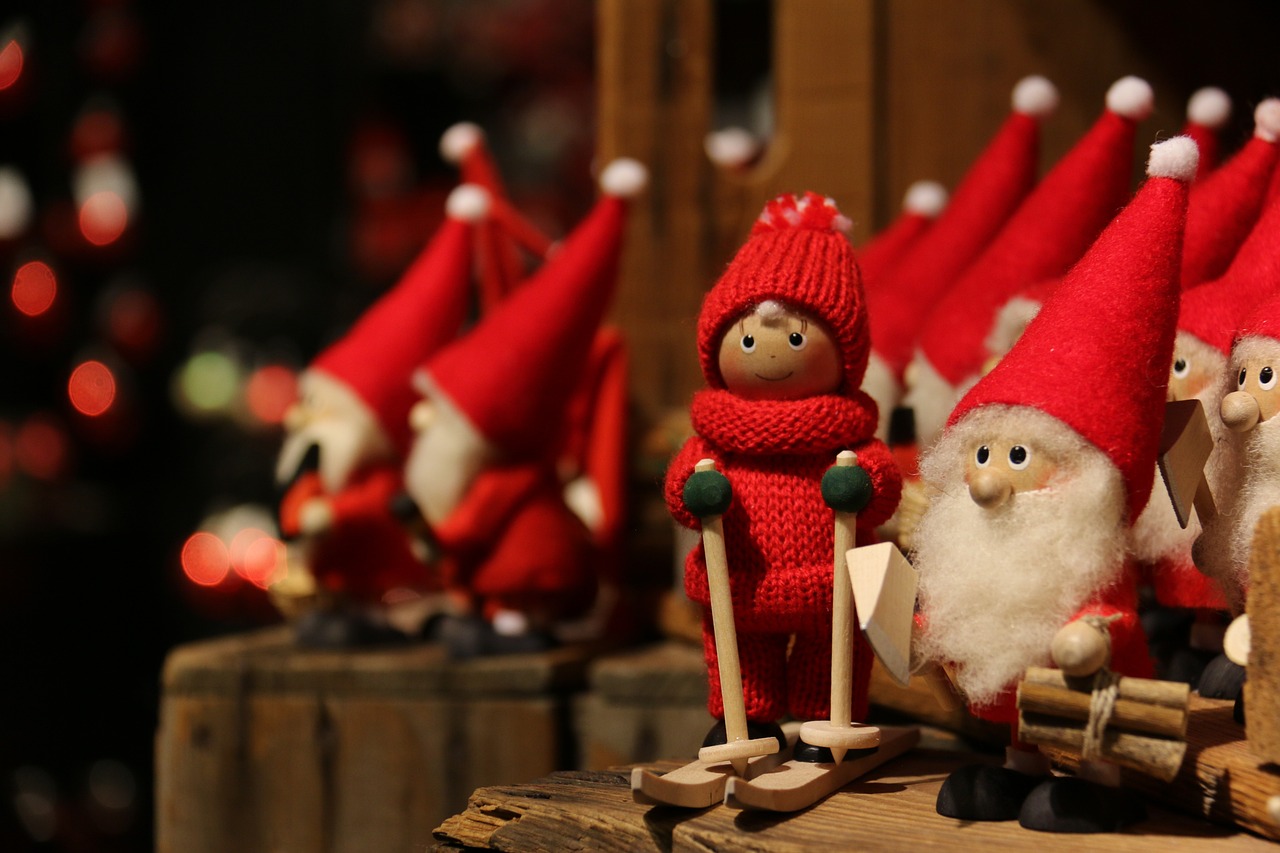
Embracing Yule Spirit Today
As we navigate the hustle and bustle of the modern holiday season, it's essential to pause and reflect on the ancient traditions that form the foundation of our festive celebrations. Embracing the Yule spirit today goes beyond mere decorations and gift-giving; it's about reconnecting with nature, community, and the true essence of the winter solstice.
One way to embrace the Yule spirit is by incorporating nature-based rituals into our holiday traditions. Whether it's decorating our homes with evergreen branches, lighting candles to symbolize the return of light, or setting up a Yule tree adorned with meaningful ornaments, these practices connect us to the natural world and the cycles of the seasons.
Furthermore, fostering a sense of community during the holiday season is another crucial aspect of embracing the Yule spirit. Gathering with loved ones for feasts, sharing stories and laughter, and participating in acts of kindness and generosity all contribute to the warmth and togetherness that define the spirit of Yule.
Moreover, embracing the Yule spirit today means honoring the spirit of giving in its truest sense. Instead of getting caught up in the materialistic aspects of the season, focusing on giving from the heart, whether it's through handmade gifts, acts of service, or simply offering a listening ear to those in need, can truly embody the essence of Yule.
By embracing the Yule spirit today, we not only pay homage to the ancient traditions that have shaped our modern holiday celebrations but also cultivate a deeper sense of connection, gratitude, and joy during this special time of year.
Frequently Asked Questions
- What is the significance of Yule in relation to Christmas?
Yule holds historical significance as a pagan festival celebrating the winter solstice, which later influenced many Christmas traditions we observe today. Understanding Yule helps us appreciate the roots of modern holiday customs.
- How do different cultures celebrate Yule?
Various cultures worldwide observe Yule in unique ways, such as the Scandinavian Jul traditions and Germanic Yuletide customs. Exploring these diverse celebrations can offer insights into the rich tapestry of Yule festivities.
- What are some common Yule rituals and practices?
Yule rituals include lighting candles, feasting, gift-giving, and decorating Yule trees. These practices symbolize themes of light, rebirth, and community, reflecting the spiritual essence of the winter solstice celebration.
- How can one embrace the spirit of Yule in modern times?
Embracing the Yule spirit today involves reconnecting with nature, participating in community gatherings, and embodying the values of generosity and gratitude. By honoring the traditions of Yule, we can deepen our appreciation for the holiday season.



